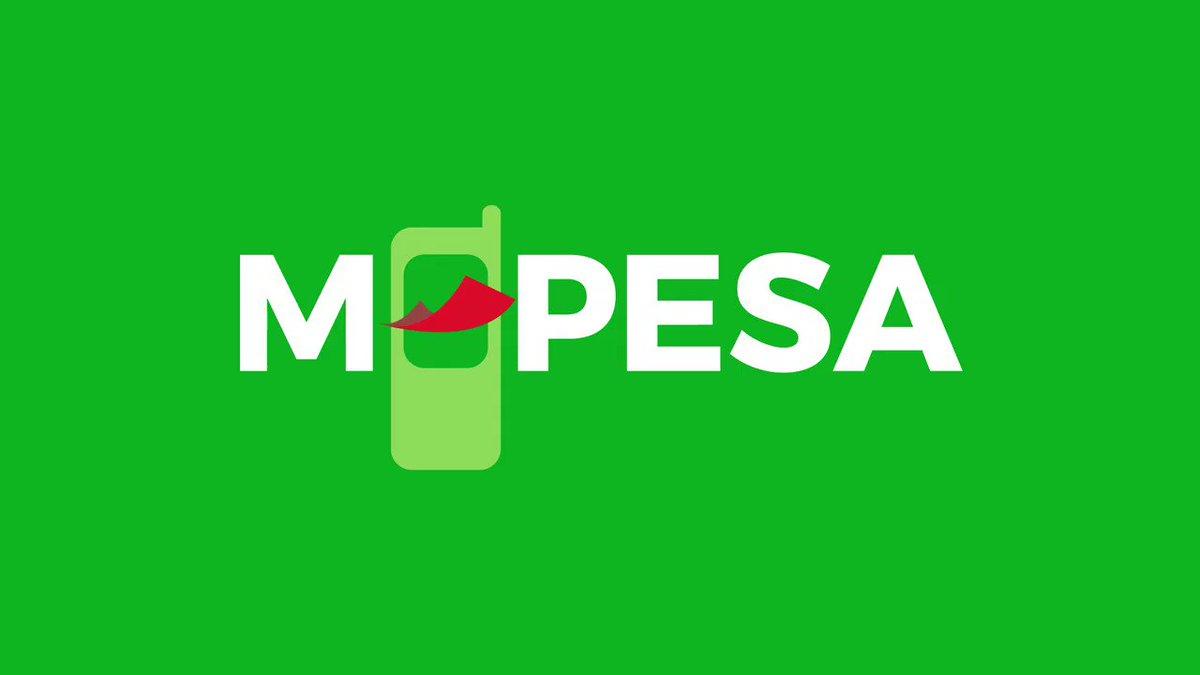I'm always excited to take on new projects and collaborate with innovative minds.
Ongata Rongai, Nairobi, Kenya
I'm always excited to take on new projects and collaborate with innovative minds.
Ongata Rongai, Nairobi, Kenya
Why M-PESA is critical for websites and apps in Kenya, with real project examples and how I’ve implemented it using Safaricom’s Daraja API.

If you’re building a website or app in Kenya and haven’t integrated M-PESA yet, you’re likely leaving money on the table. With over 30 million active users, M-PESA isn’t just a payment option — it’s a standard expectation for local customers. In this post, I’ll break down why M-PESA integration is essential, and how I’ve successfully added it to platforms across different industries.
Here are some examples of how I’ve integrated M-PESA in real-world projects:
Used Safaricom Daraja API to collect booking deposits via STK Push.
Enabled M-PESA payment at checkout for smooth, mobile-first online shopping.
Implemented M-PESA for secure freelancer payouts and client deposits alongside PayPal and Flutterwave.
Integrated pay-to-promote and pay-to-post features powered by M-PESA.
I typically use Safaricom’s Daraja API, which supports:
I’ve implemented M-PESA in both:
M-PESA isn’t just a convenience — it’s a competitive advantage. If you’re launching a Kenyan-facing app or website, integrating M-PESA should be one of your first technical priorities.
Want M-PESA added to your website or app? I can help. Get in touch here or explore more of my work at davidmboya.com.